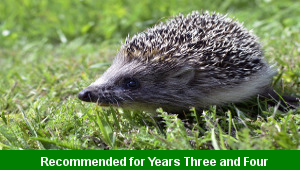Lesson Five – Myth Ending

This English teaching pack for Key Stage Two gets the children to model how to write the ending to a Roman myth to illustrate the matching narrative structures and specific characters of the story genre.
The class can explain how to extend some of their sentences using conjunctions and vocabulary to describe nouns and adjectives to illustrate the sequence of events.
Download this teaching pack including a lesson plan, classroom activities and an interactive presentation to model how to write the ending to a Roman myth to illustrate the matching narrative structures and specific characters of the story genre
Activities in this teaching pack include a template to select and record the ending to a Roman myth that the class have read and explored in previous lessons to illustrate the matching narrative structures and characters of the story genre.
The interactive presentation gets the children to explore how to write the ending to a Roman myth to illustrate the narrative structures of this story genre.
This lesson is part of an English scheme of work to get the children to investigate the structure and language of narrative stories written as myths, practise adding the suffix ly to word roots and extend sentences using conjunctions to express cause. There are teaching activities for shared learning, differentiated worksheets to support independent learning and interactive presentations to introduce concepts and key skills.
-

Rounding Hundreds
Explain and model how to round some different numbers to the nearest hundred based on the place values of the digits in each number
-

Rounding Tens
Identify and record how to round some different numbers to the nearest ten based on the place values of the digits in each number
-

Classic Animal Stories
Investigate the structure and content of classic works of fiction by significant authors with animals as the main characters
-

Cities, Towns and Villages
Research and present the history of a range of different buildings and people that are part of the local community using a school exhibition
